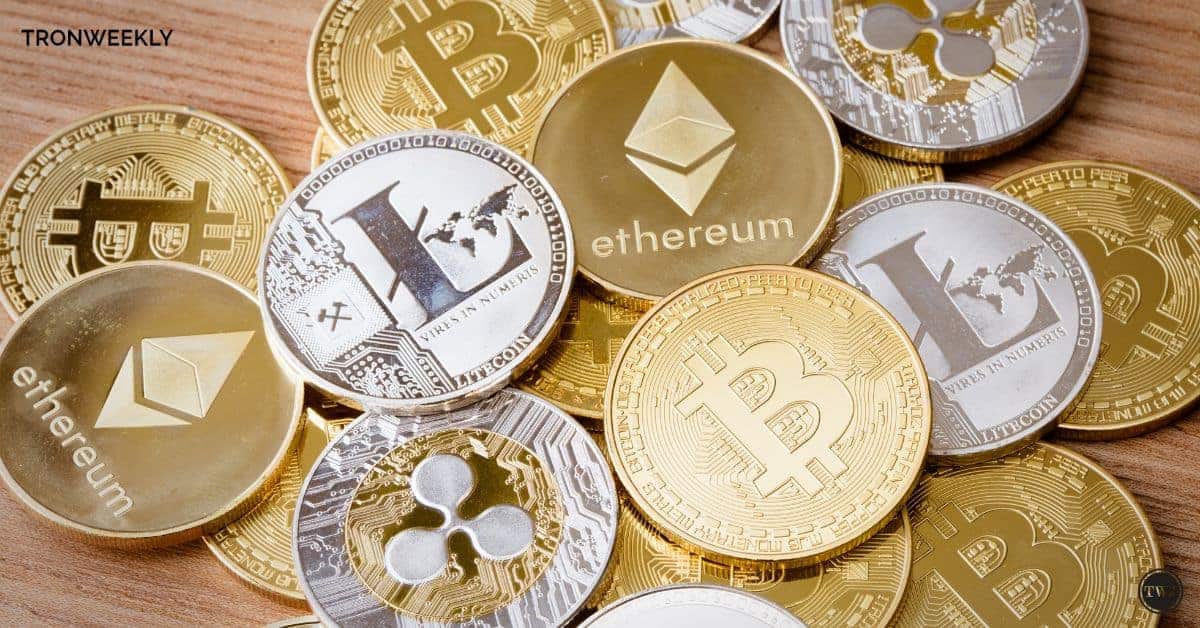The financial sector is undergoing a rapid transformation, as cryptocurrencies are challenging conventional monetary systems and altering the global exchange of value. A critical question arises as digital assets continue to gain prominence: Will new tokens in the crypto space eventually supplant fiat currencies or even displace established cryptocurrencies like Bitcoin and Ethereum?
Challenges to Fiat Money
For decades, fiat currencies—government-issued money such as the US dollar, euro, and yen—have served as the foundation of the global economy. They are regarded as trustworthy due to their legal foundation, stability, and widespread acceptance. Nevertheless, fiat money is not without its constraints:
* * **Centralization and control:** Monetary policy is managed by governments and central banks, which can result in inflation, currency manipulation, or restrictions on capital flows. * * **Inefficiencies:** Cross-border payments using fiat can be slow and expensive. * * **Financial exclusion:** Billions of individuals worldwide lack access to traditional financial services and are unbanked or underbanked.
Decentralization, transparency, and the potential for quicker, more cost-effective transactions are all advantages of cryptocurrency. Stablecoins, which are cryptos that are linked to fiat currencies, have already gained popularity as a means of bridging the divide between traditional finance and blockchain.
Is it possible for new tokens to replace fiat?
In order for new tokens to replace fiat currencies, they must surmount numerous obstacles:
* **Regulatory Acceptance:** Governments are apprehensive about the potential loss of monetary control. The widespread adoption of non-sovereign tokens is confronted with substantial legal and policy obstacles.
* **Stability:** In contrast to fiat currency, numerous cryptocurrencies are highly volatile, rendering them less practicable for everyday use. * **Scalability and usability:** In order to achieve widespread adoption, digital tokens must be user-friendly and capable of processing large transaction volumes.
Government-backed digital tokens, known as Central Bank Digital Currencies (CBDCs), are gaining popularity as a middle ground. Their objective is to combine the advantages of cryptocurrencies with regulatory supervision. If CBDCs are successful, they could redefine fiat in digital form rather than being completely supplanted.
The Future of Current Digital Coins
The crypto market is presently dominated by Bitcoin and Ethereum, which have established ecosystems and significant brand recognition. Nevertheless, the market is constantly being disrupted by the introduction of new tokens that offer innovative features, such as enhanced scalability, quicker speeds, improved privacy, and specialized use cases.
The replacement of current leaders by these new tokens is contingent upon:
* **Technological superiority:** Users may be persuaded by solutions that resolve current obstacles, such as Ethereum’s exorbitant gas fees.
* **Network effects and adoption:** Established cryptocurrencies receive support from developers, institutional investment, and large communities. * **Regulatory environment:** Compliance will determine which tokens are granted legitimacy.
The crypto landscape may become more diverse, with multiple currencies serving distinct purposes rather than a single dominant token superseding all others.
The Future of Hybridity: Integration and Coexistence
It is probable that the future will witness a combination of stablecoins, CBDCs, fiat, and a variety of cryptocurrencies coexisting and interacting. The integration of traditional finance and decentralized finance (DeFi) platforms has the potential to provide consumers worldwide with a seamless experience.
In this scenario, new tokens may not entirely replace fiat or existing digital currencies; however, they will broaden the financial ecosystem by providing alternatives that are customized to meet the specific requirements and preferences of individuals.
In conclusion,
The issue of whether new tokens will replace fiat currencies or established cryptocurrencies is intricate and multifaceted. A gradual evolution rather than a precipitous upheaval is suggested by practical challenges and regulatory realities, despite the possibility of revolutionary change.
The future of money may not be about replacement, but rather about coexistence, innovation, and the establishment of a more inclusive, efficient global financial system that is enabled by a diverse multitude of digital assets. The ongoing competition to establish this future will determine the manner in which we save, invest, and transact for decades to come.

Leave a Reply